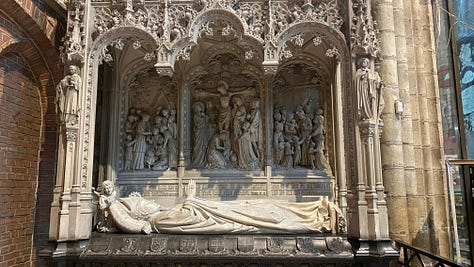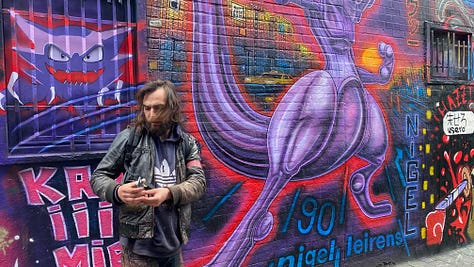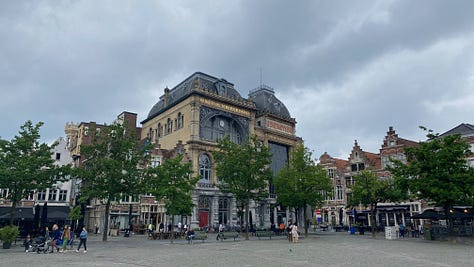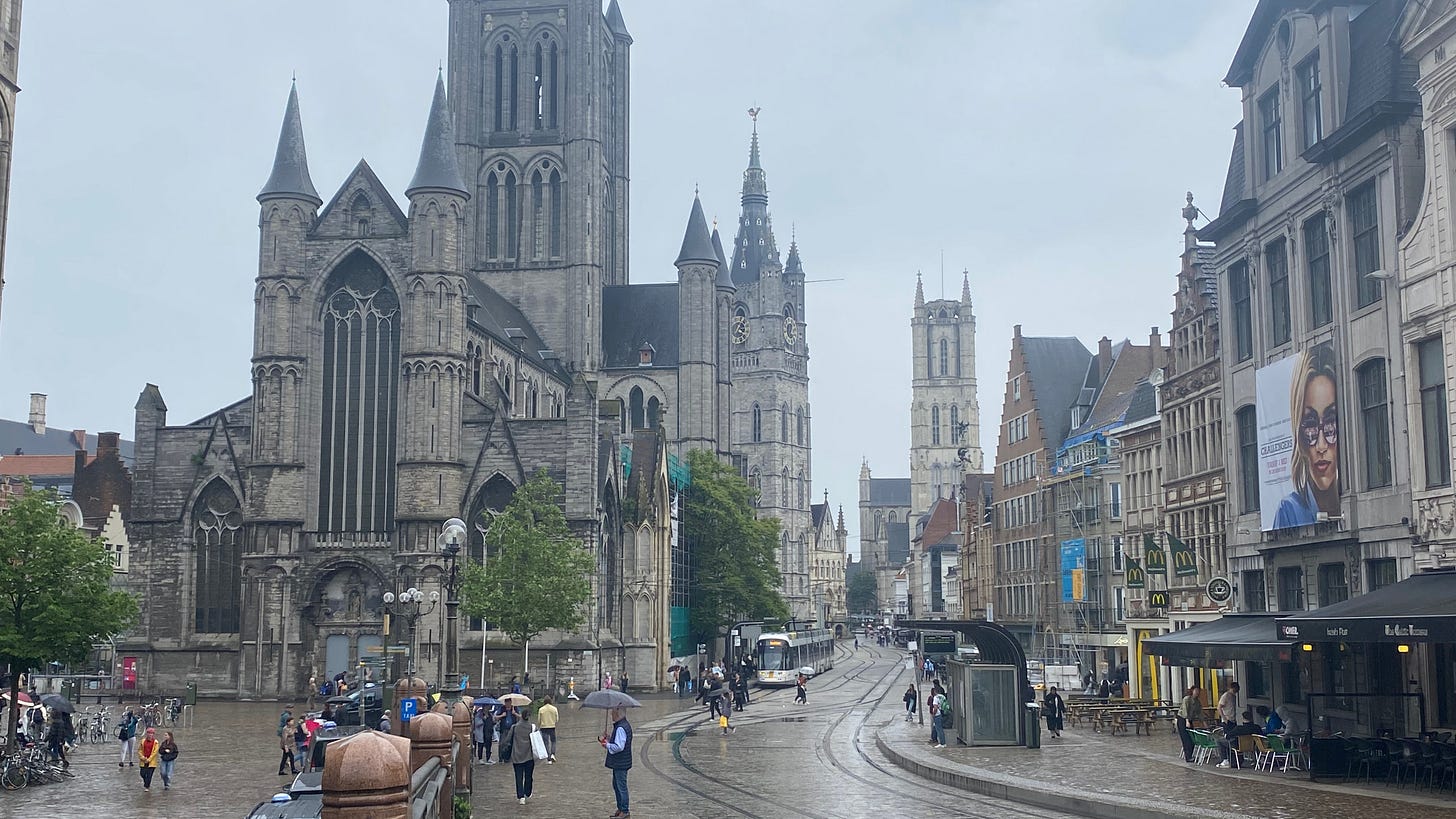Ghent, Gand, Gent or Gaunt?
The Belgian city with many names is probably best known in North America for its oft-stolen artwork, The Ghent Altarpiece, the centrepiece of George Clooney's "The Monuments Men"
Making sure you get on the right train in the right direction is a source of stress that most travellers know all too well. The Belgians like to add a little mayonnaise to the mix by accepting and using up to three different spellings for the same place, hence my panic as I stood on the platform in Brussels looking for the train to Ghent but could only see signs for a place called Gand.
Now I’m not saying they should use English, only that place names, in my mind, should be invariable. When you are looking for Brussels’ Gare du Midi, seeing signs for Brussels South is not reassuring, even for anglophone like myself. If I hadn’t just spent months in the south of France, I wouldn’t have know that Midi in certain contexts means south, not noon.
Anyway, after checking with some other people on the platform, I took the train to Gand, which is the French name for the city that the Dutch and Germans call Gent and the English used to call Gaunt.
If you ever doubted for a second that the Belgians love their bikes, you should see the “parking lot” at the Gent-Sint-Pieters train station. Look closely, too, and you’ll notice that the vast majority of the bikes are sturdy and utilitarian, with nary a 15-speed, fat bike or e-bike in sight.


There are so many bikes that you’d better get use to looking both ways even when you think you’re on a pedestrian path. The bike is king here and, in the older parts of the city, traffic has been diverted to the point where there are more bikes than cars at rush hour.
If you’re in the mood to peddle, it’s easy to rent a bike here, you won’t even have to leave the train station. Or you can use public transit; the city has several tram lines and buses run with decent frequency.
And if you don’t want to peddle, you could even paddle or row your way down any of the city’s numerous canals or on the Scheldt and Leie rivers.
Or walk. Which is mostly what I did in this very pedestrian-friendly town of around 260,000.


Ghent was occupied by the Germans in the Second World War but fortunately escaped much of the allied bombing or destruction by the occupiers. The old quarter thus preserves much of the medieval architecture and is today designated a car-free zone, with traffic generally limited to trams and bikes.
I did my usual free (i.e. tip-based) walking tour of Ghent and was introduced to the highlights of the city on a 90-minute stroll with about 15 other visitors. The highlight was St. Bavo’s Cathedral, which also houses the Ghent Altarpiece. The Gothic church was begun in 1274 and, like most cathedrals I have visited in the past year, construction was only completed a few hundred years later. I’m guessing that a few centuries is a nanosecond to an immortal deity.
As for the Altarpiece, it’s all there except for one of the 18 panels, which was stolen in 1934 and never recovered. A reproduction takes its place while detectives continue their search for the missing masterpiece.





Other points of interest include the Castle of the Counts, a 12th-century edifice replete with moat, gatehouse, ramparts, keep, count’s residence, stables — even a torture museum— that was only successfully assaulted once … by students in 1949, over a new tax on beer. Known in Dutch as Gravensteen, it fell into disrepair and was finally restored in time for the 1913 World’s Fair in Ghent.


You’ll also want to stroll down Graffiti Alley, a colourful and ever-changing tribute to street art. Artists will paint over the other works, even their own, with veteran and budding artists sharing the communal canvas. We even bumped into one of the alley’s best known artists, Nigel Leirens, as he was working on his latest piece.






To wrap up today’s blog, I’d like to share some select photos from my walking tour of the city. Suffice to say, the extensive and well-preserved medieval architecture is a highlight of any visit to Ghent. The same might be said of Bruges, the next stop on our Belgium tour. See you there next week!









And here’s a cute ad for Ghent that I thought you might enjoy! It’s an even better catchphrase than the one I jokingly suggested to the hosts at my hostel: “Get bent in Ghent!”






